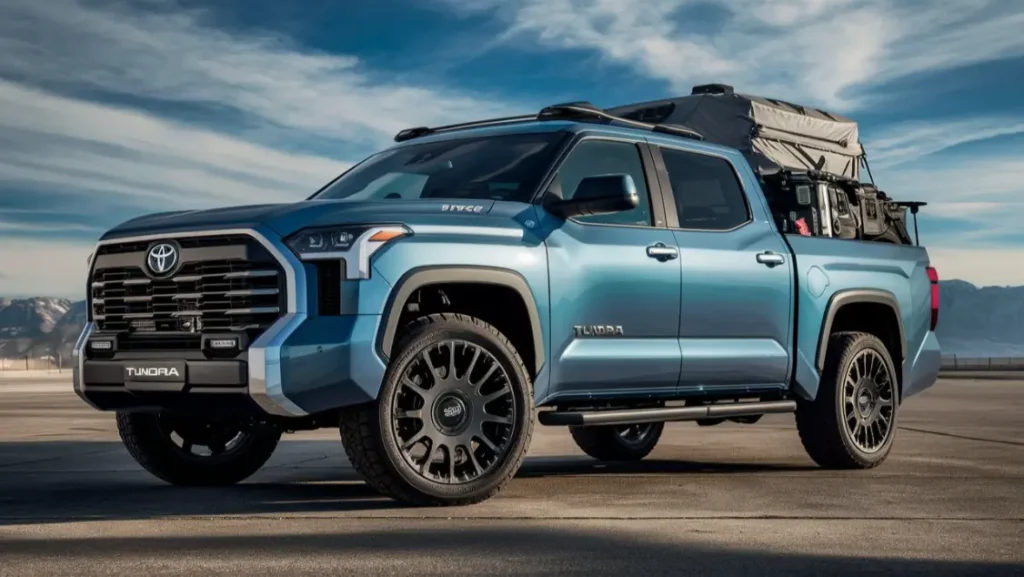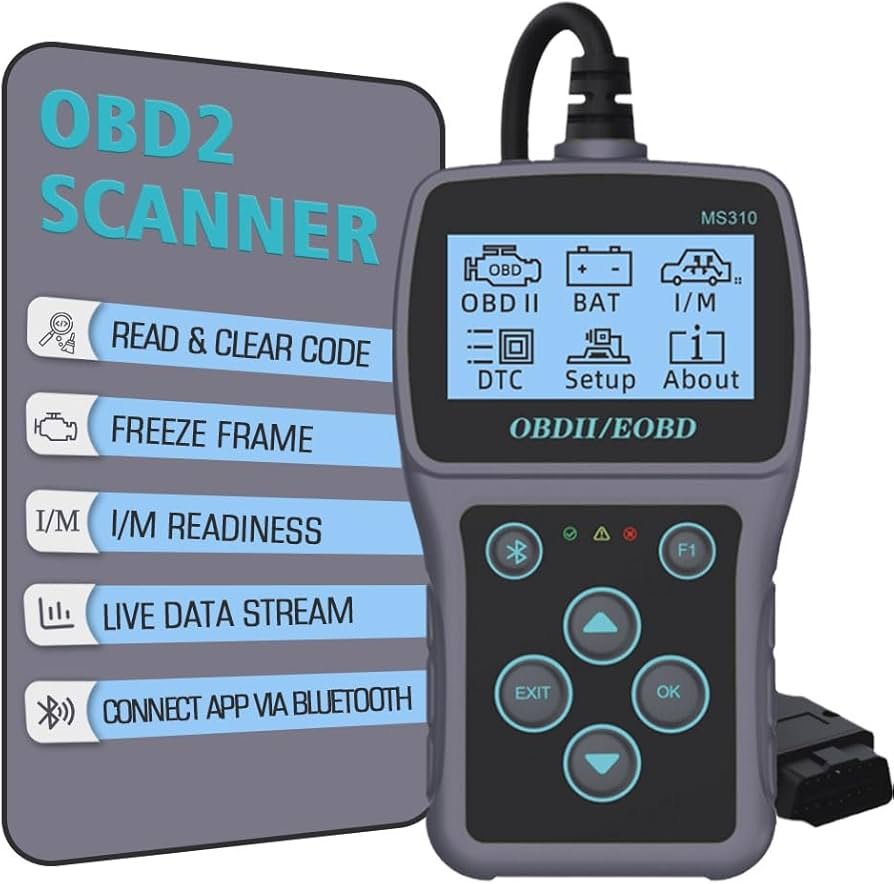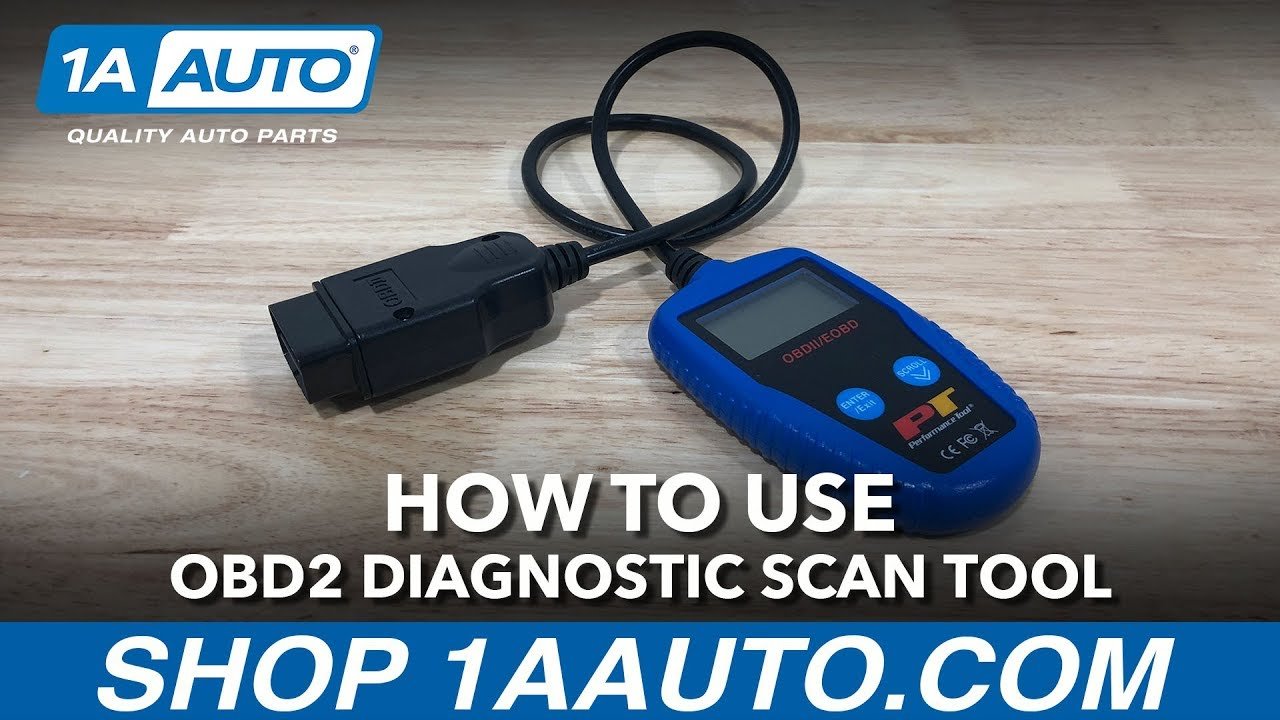The Toyota 1MHV system (One Motor Hybrid Vehicle) system is a significant departure from Toyota’s traditional hybrid technology. It debuted in the 2022 Toyota Tundra i-Force MAX and is now found in the 2023 Sequoia.
Overall
- This is a mild hybrid system, designed to assist the engine for better performance and efficiency, rather than offering extensive electric-only driving like a full hybrid.
- The focus is on maintaining power for towing and hauling capabilities.
- The trade-off is higher cost and less improvement in fuel economy compared to a non-hybrid Tundra.

Toyota 1MHV System
Initial Start-Up Phase:
- The system begins by activating the main relays in the high-voltage battery (288V)
- The relays check the insulation of high-voltage cables
- Once verified, the system powers on fully
Normal Driving Operations:
- Initial Take-Off
- Electric motor assists during initial acceleration from stop
- Motor connects to transmission through torque converter
- K0 clutch disengages engine during pure electric operation
- Regular Driving
- Engine takes over as primary power source
- K0 clutch engages to connect engine to transmission
- Hybrid system remains inactive during normal cruising
- High-Load Conditions
- When more power is needed (heavy acceleration or towing)
- Electric motor activates to provide additional power
- Both engine and motor work together through engaged K0 clutch
Power Generation Modes:
- Deceleration Charging
- K0 clutch disengages from engine
- Electric motor acts as generator
- Kinetic energy from wheels drives motor to charge battery
- Battery Charging While Driving
- When battery charge is low
- Engine powers both vehicle and motor (as generator)
- K0 clutch remains engaged for power transfer
Special Operating Conditions:
Low-Speed EV Mode
- Available under 25 mph with light acceleration
- Operates on electric power only until battery gets low
- K0 clutch remains disengaged from engine
Stop-Start Operation
- Engine shuts off at stops
- Can restart using either:
- Electric motor (normal conditions)
- Conventional starter (cold temps or low battery)
Power Management:
Inverter Functions
- Converts 288V DC to AC for motor operation
- Converts high voltage DC to 14V for 12V battery charging
- Manages power flow between components
This parallel hybrid configuration allows for:
- Efficient power delivery for heavy-duty applications
- Seamless transitions between power sources
- Better towing capability than traditional hybrid systems
- Balance between power assistance and fuel economy
Electric Motor Engagement
The electric motor engages in two situations:
- Initial takeoff: Assists for better acceleration.
- High-load conditions: Provides additional power when needed, such as when towing.
Regenerative Braking
- During deceleration, the system uses the electric motor to charge the battery.
- Limited regenerative braking: Compared to other hybrids with two motors, the Tundra’s single motor offers less regenerative braking capability.
Start-Stop Technology
- The system can shut off the engine at traffic lights to save fuel.
- Unique feature: The Tundra uses a regular starter motor (unlike other hybrids) due to the limitations of the electric motor for starting the engine in certain situations.
Starter Motor’s Additional Functions
- Cold weather starts: Below 5°F, the starter motor is used to crank the engine for a smoother start, protecting the engine oil.
- Vapor lock prevention: When the engine is hot and the fuel door is opened and closed, the starter motor cranks the engine to potentially prevent vapor lock in the fuel system.
1MHV vs. 2MHV vs. PHEV
Here’s a comparison of 1MHV with other hybrid and electric vehicle technologies:
- 1MHV: This system prioritizes power and performance with a single electric motor for a more direct connection to the wheels. It offers limited pure electric driving capability.
- 2MHV (Two Motor Hybrid Vehicle): This setup uses two electric motors, one for propulsion and one for generating electricity. It allows for more electric-only driving at lower speeds and potentially greater fuel efficiency in some situations. However, it might be more complex than 1MHV.
- PHEV (Plug-in Hybrid Electric Vehicle): A PHEV has a larger battery pack that can be charged externally, allowing for extended electric-only range. It offers the best fuel economy of these three options when driven frequently in electric mode, but it requires access to charging infrastructure.
Choosing the Right System
The ideal choice depends on your driving needs and priorities:
- For power, towing capability, and a simpler design, 1MHV might be a good fit.
- If fuel efficiency is a top concern and you have access to charging, a 2MHV or PHEV could be better options.




